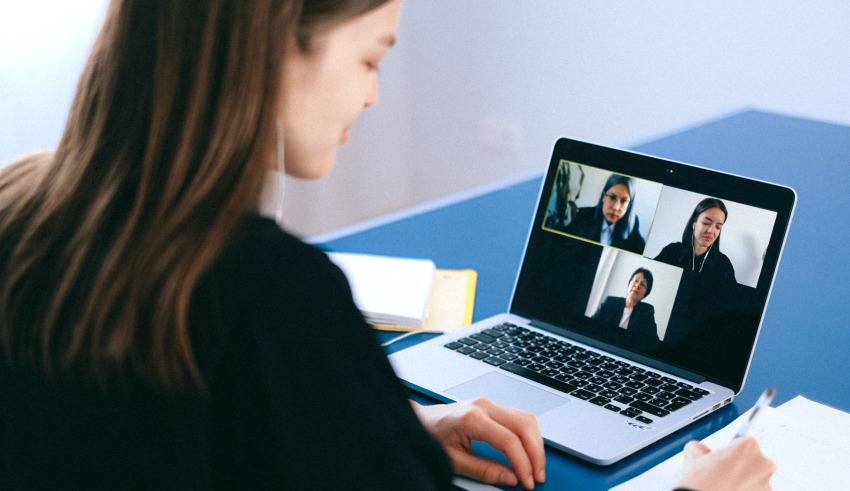
After the outbreak of the world pandemic, the trend of global team distribution has made video conferencing a daily necessity. A considerable amount of the workforce has transitioned to permanent work from home. Most of us are spending a lot more time online than ever before. Today, Zoom, Google Meet, and Adobe Connect dominate remote work, socializing, and education. These applications have now turned to must-haves from being optional.
According to recent research, the web and video conferencing market increased 500% in the first two months of the COVID-19 pandemic. Also, another research points out that the video conferencing market is expected to surpass $50 billion by 2026.
While online meetings reduce the chance of COVID-19 spreading, they might expose you to cybersecurity threats.
Malicious hackers want to attack video conferencing loopholes to propagate malware and obtain access to private sessions. Many hackers get access to meetings and disrupt them with indecent pictures and language.
Video conferencing security should be a top concern since it protects your employees and organization from cyber-attacks. You must commit to adhering to security best practices and remaining attentive in identifying and correcting vulnerabilities in your system.
Here are some tips you might be following to have safe video conferencing, online meetings, and classes:
Generate a meeting ID and meeting password for each meeting
Passwords will assist you in preventing any intruder or malware from gaining access to your web conferences. To limit access to your web conferences, you need to assign each one a unique meeting ID and password. When it comes to password security, always choose complicated passwords that include a mix of letters, numbers, and special characters.
Seal the meeting
You should lock the virtual meeting room once everyone has entered the video conference meeting. Then it will be more difficult for any intruder or malware to attend the conference and obtain access to critical information presented during it.
Do not broadcast video conference links
Consider what is suitable when sending invites and sharing links to your online gathering. Meeting invites should only be sent over secure means and to known attendees. Avoid sharing anything on social media or in a public space where an outsider may locate it.
Create a waiting area
You may place participants in a different “room” before joining the conference if you set up a virtual waiting room using your video conferencing software. You are the gatekeeper as a host. You can admit everyone who wants to be in the meeting and exclude everyone who isn’t.
Restriction on screen sharing
Turn off screen sharing for participants in your security settings to avoid security concerns. By default, only the host should be able to screen share. Once the meeting has begun, the host might enable selected attendees to share as required.
Experiment with audio without the video
Consider going without video if you don’t need it for a meeting. When attendees turn off their cameras and engage via voice, you can reduce the risk of malware using social engineering to gather information about your team or the meeting topic. It can also enhance the overall quality and experience of your conference.
Ensure that any live captioning is secure
For accessibility reasons, you may need to include live captioning in your video conferencing. This procedure must also be safe and secure.
Conclusion
Adobe Connect is a secure web conferencing platform that offers an immersive online meeting experience for collaborations, virtual classrooms, and webinars. Adobe Connect delivers a web conferencing solution on virtually any device with end-to-end encryption security. With Adobe Connect, organizations can improve productivity through collaboration.